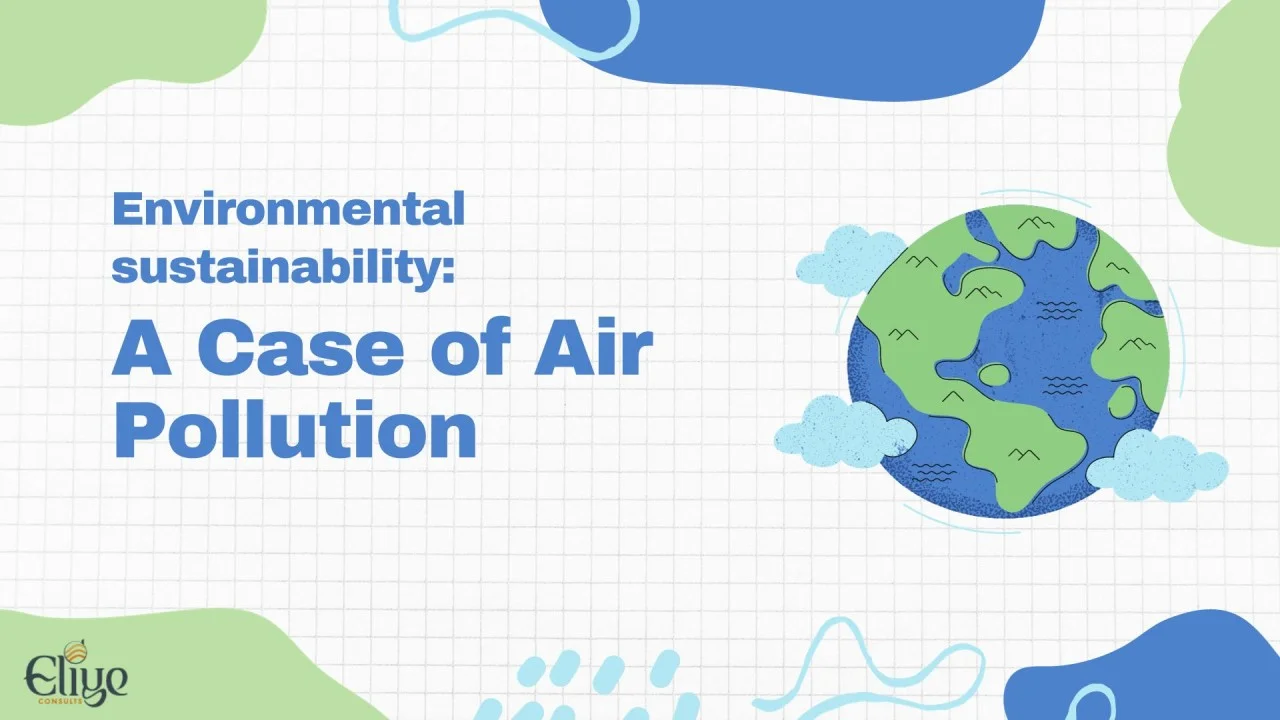
Air Pollution and Climate Change
What You Need to Know and How to Act
The topics of climate change and ozone layer depletion have dominated global conversations.
However, while these issues are widely recognized, the root causes and prevention methods are often shrouded in ambiguity. The primary culprit behind the environmental changes we are witnessing is air pollution, which poses a significant threat to our planet’s ecosystems and our very survival.
The Prevalence of Air Pollution
One alarming fact that often goes unnoticed is that about 90% of the world’s population currently breathes air that exceeds the pollutant guidelines set by the World Health Organization (WHO). In response to the growing crisis, governments worldwide have taken regulatory measures to combat air pollution. For example, the 1970 U.S. Clean Air Act empowered the U.S. Environmental Protection Agency (EPA) to regulate air pollutant emissions, setting permissible levels and conducting regular checks to mitigate the detrimental effects on public health.
Identifying the Culprits
To tackle air pollution, it is crucial to understand its sources. The top ten causes of pollution include
- Burning of Fossil Fuels: The combustion of coal, oil, and gasoline for electricity and transportation.
- Automobiles: Emissions from vehicles, including harmful gases.
- Agricultural Activities: The use of insecticides, pesticides, and fertilizers, along with the burning of farm residue.
- Factories and Industries: Emissions of carbon monoxide, organic compounds, hydrocarbons, and chemicals.
- Mining Activities: The release of dust and chemicals during mineral extraction.
- Domestic Sources: Toxic chemicals found in household cleaning products and paints.
- Construction and Demolition: Raw materials like bricks and concrete contribute to haze and foul air.
- Open Burning of Garbage Waste.
- Microbial Decaying Process: The decomposition of microorganisms releases methane gas, a highly toxic substance.
Reducing Your Carbon Footprint
To combat air pollution and reduce your carbon footprint, consider the following strategies:
- Sustainable Transport: Opt for walking, cycling, carpooling, or using public transportation to minimize carbon emissions. Electric vehicles are a low-emission alternative.
- Enhancing Home Energy Efficiency: Implement effective home design for optimal thermal comfort and airflow, upgrade to energy-efficient appliances and lighting, and consider natural ventilation solutions.
- Recycling and Composting: Reduce emissions associated with the production and disposal of goods by adopting eco-friendly practices such as recycling, composting, efficient trash separation, and collaborating with waste management companies for plastic recycling and other sustainable waste management solutions.
- Local Food Consumption: Minimize “food miles” by consuming locally grown foods, which reduces greenhouse gas emissions linked to food production and transportation.
- Water Conservation: Lower your energy consumption by reducing water usage in your home. Use water-saving fixtures such as showerheads, toilets, dishwashers, and washing machines.
Air pollution is a pressing issue with severe consequences for our planet. Reducing air pollution and our carbon footprint is not only an environmental responsibility but also essential for our own well-being. By adopting the recommended strategies, we can make a substantial impact on mitigating air pollution and contributing to a healthier and more sustainable future. It is our collective duty to take these steps and ensure a cleaner, greener, and safer world for generations to come.


